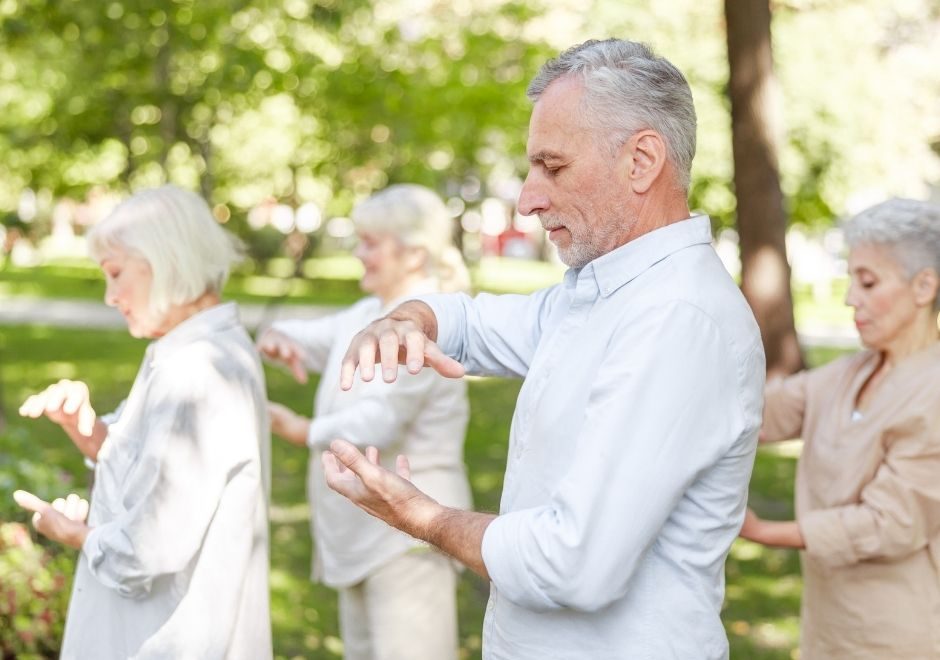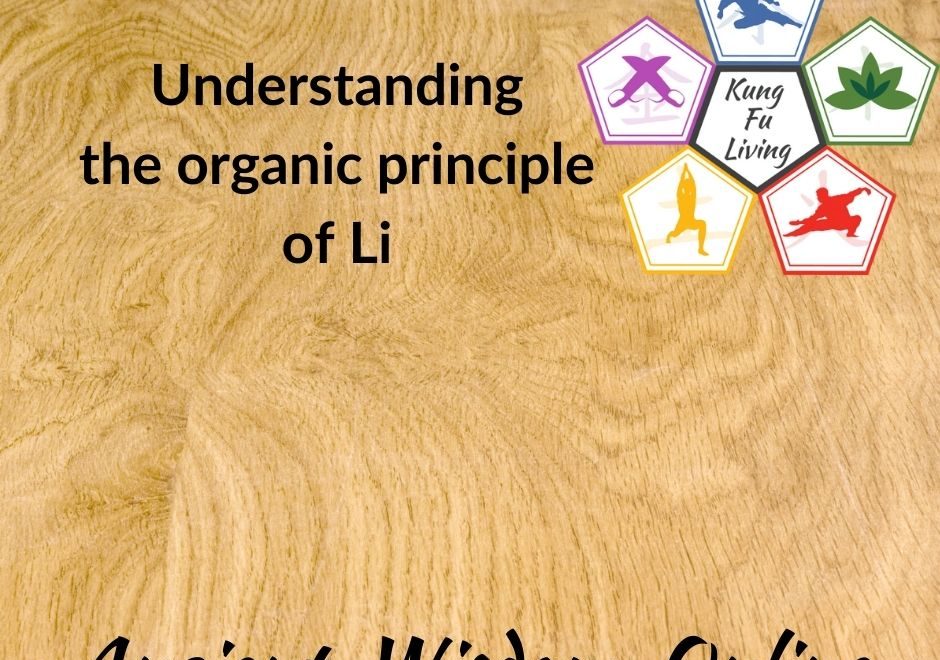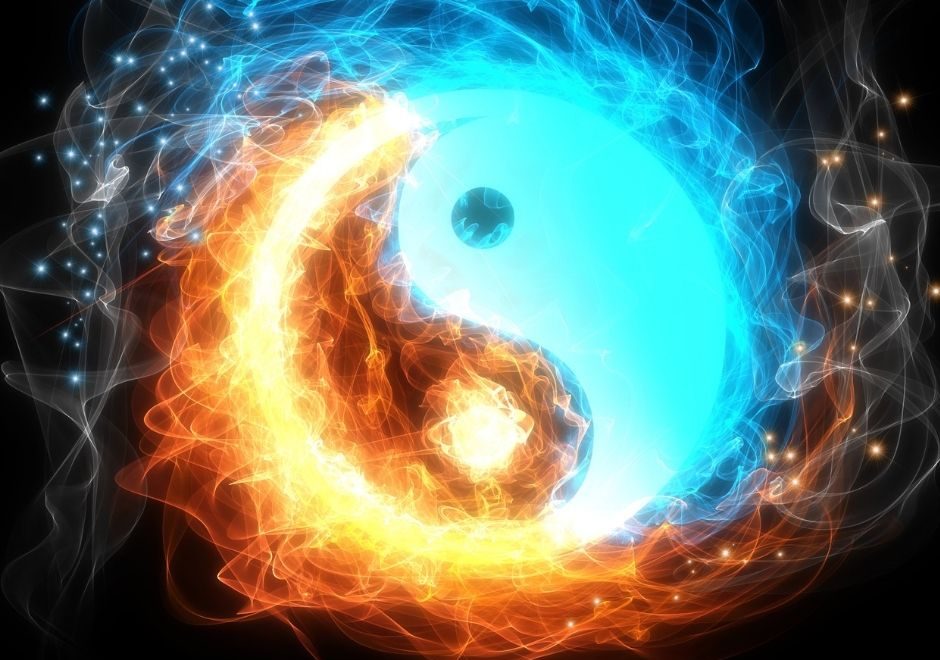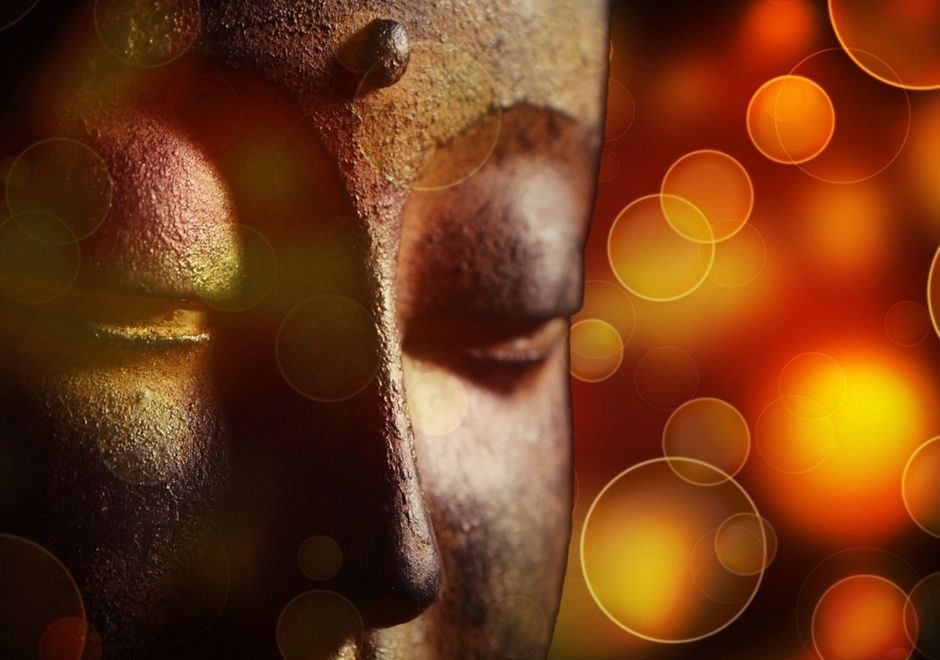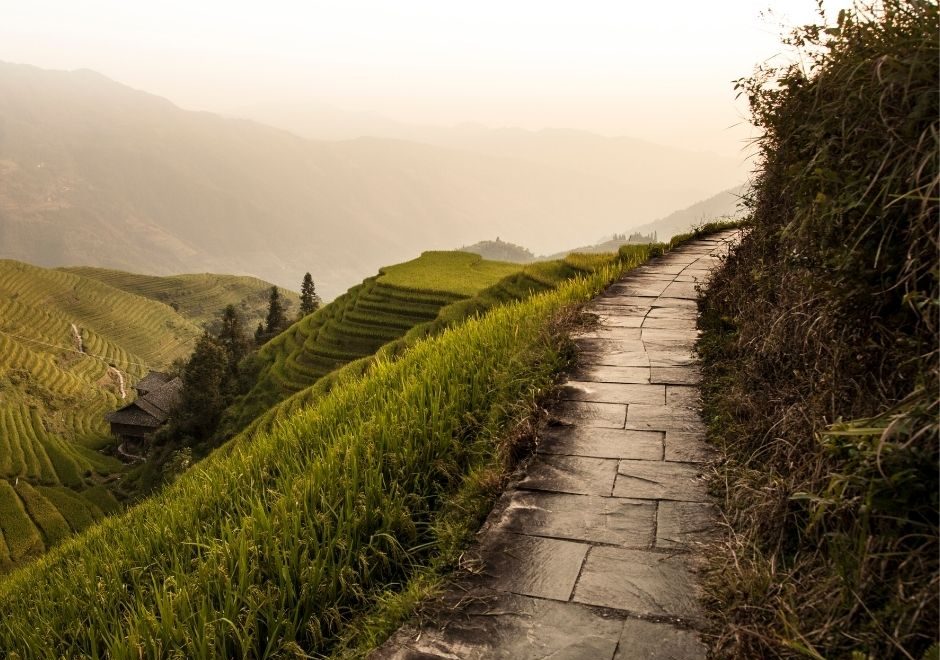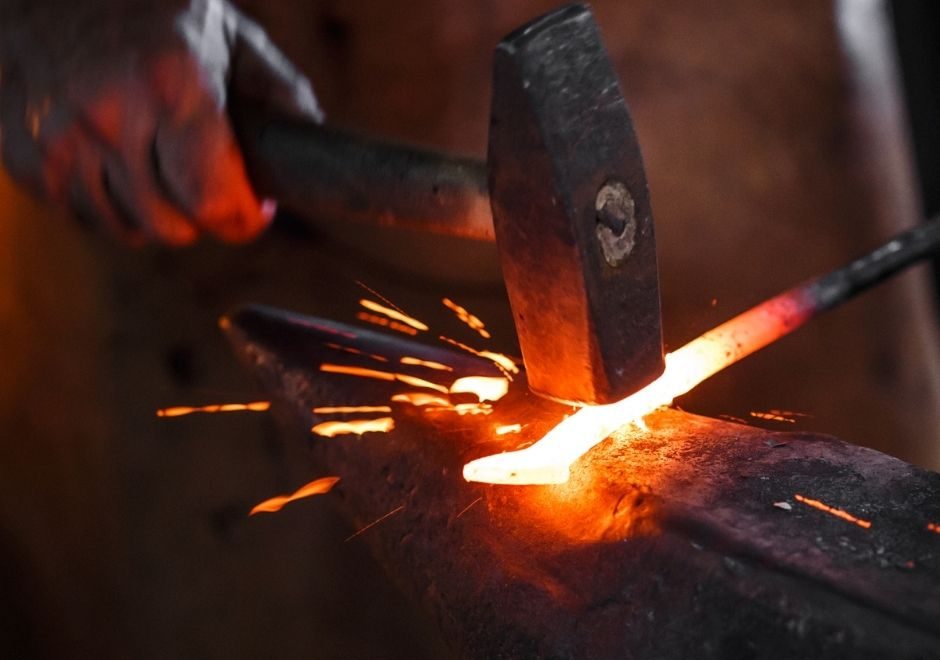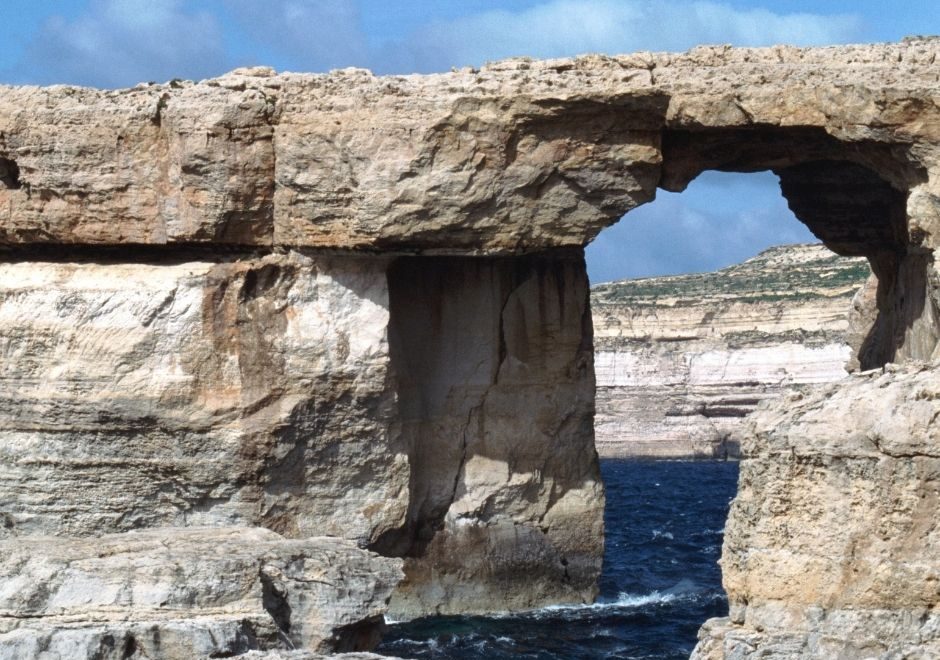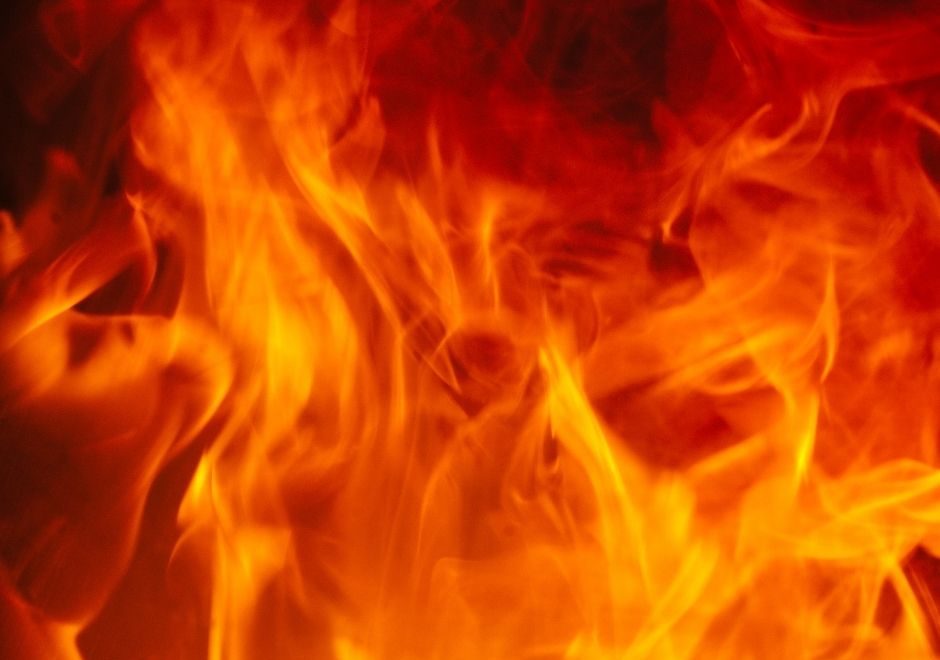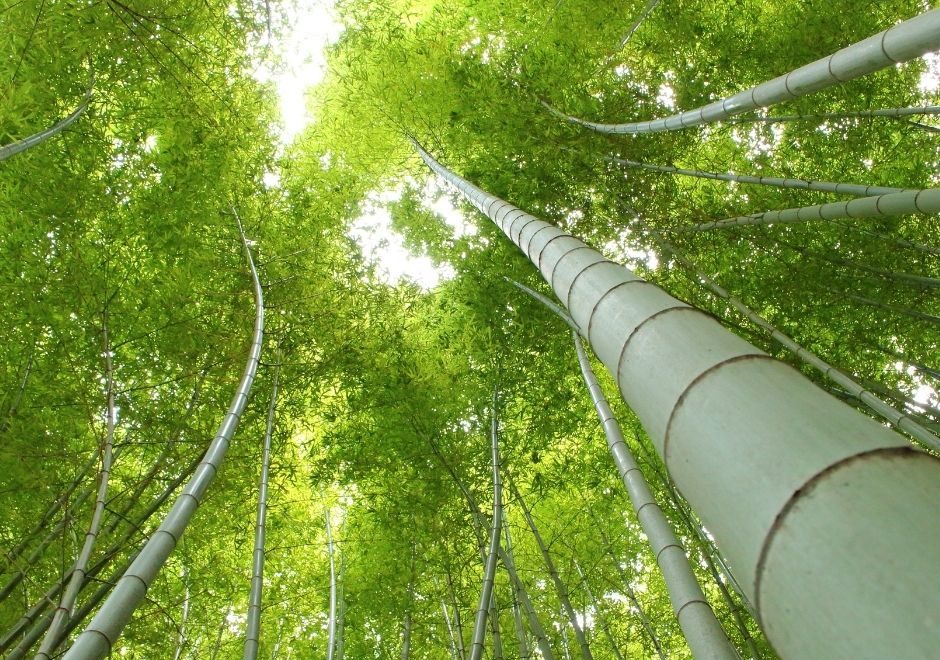Many people ask about the Yin Yang symbol that the academy uses; wondering about any religious significance. Although the Yin Yang symbol is the recognised symbol of Taoism, and indeed is included in national flags, I for one consider it to have a more philosophical significance than religious, though both are there for those who look.
The Text of the Tao Te Ching is attributed to Lao Tzu a record keeper of the Zhou Dynasty in the 6th century BC and is the primary text of Philosophical Taoism.
The section of the Tao Te Ching I want to consider is the first part of chapter 43 where it says:
Tao produces one
One produces two
Two produce three
Three produce myriad things
Myriad things, backed by yin and embracing yang
Achieve harmony by integrating their energy
The word Tao translates as something like the Way. It is that which has no name and can’t really be reduced or simplified enough to talk about. These lines remind me of the first three sefirot in the Kabbala tree of life, the first, The Crown reflects the second, Wisdom which in turn gives rise to the third, Understanding. The only energy the Tao has is that of returning to itself and Being is the product of Not-Being. The implication is that it is in the very nature of the fundamental principle/process to cause the existence of all else. I won’t take the time to go into what this might mean in Taoism or Kabbala here, but students of either may well recognise the implications of the similarity. Anyway, it is the last two lines I’m interested in at the moment.
The ‘myriad things’ in this case refers to all living thing.
The yin is the feminine principle and implies the qualities of slow, soft, insubstantial, diffuse, cold, wet, and tranquil, is associated with water, earth, birth and generation. The yang is the masculine principle and implies the qualities of fast, hard, solid, dry, focused, hot, and aggressive, is associated with things like fire and the sun. When one is calm, relaxed and taking in everything around, one is in a yin state. When one is tense like a coiled spring and utterly focused on one thing, one is in a yang state. Neither is good or bad and both are appropriate in their place. Notice that you can’t live continually in one state or the other. These distinctions do not imply any observed or prescribed behaviour of attitude for the sexes, but are philosophical or linguistic distinction.
It is the opposites revolving around each other that create the momentum. The action and rest of the heart causes it to pump. The ebb and flow of the seasons causes the ecosystem to function. The positive and negative terminals create the movement in an electric motor. The balance of yin and yang forms the basis of traditional Chinese medicine, Tai Chi and Chi Kung etc.
Notice the phrase ‘backed by yin and embracing yang.’ It is when we have the security and solidity, even the serenity of yin beneath us or behind us, that we can take action and move forward. Picture the successful, confident, motivated entrepreneur having a calm, nurturing, loving parent as the root of their security. They may go on to be the strength their partner can rely on, generating together the energy that builds a home and family. Clichés I know, but you get the picture. Yin enables yang, yang enables yin. And of course, it is when the two are combined that they produce a third thing, the movement of their combination, the energy of their revolving, this is the principle of fertility, producing ‘myriad things.’ It was a Christian theologian who described the Trinity, referring back to the Song of Solomon, as The Lover, The Beloved and The Spirit of Love.
Picture two people. First, the utterly passive, the super spiritual, so into ‘resting in the now’ that they don’t want to disturb their meditations of the infinite to do anything like get off the sofa. As a friend of mine once said ‘so heavenly minded, that they’re no earthly use.’ Now consider the utterly hectic, their feet so ‘on the ground,’ so concerned with every detail of running a busy life that they haven’t the time to stop and enjoy life, they don’t know how to ‘stop and smell the roses.’ They are so stressed with trying to achieve, that they’ve never stopped to consider why they need to achieve the thing anyway. Both of these are out of balance, they have no harmony, because they need to integrate the energy of both yin and yang.
If one considers the study of Kung Fu as a process of personal development; a life style choice rather than simply a fighting skill, one can see that the harmony implied by balancing these principles is essential. They have their practical applications of course; the transition through yin and yang physically within the movements is evident in the balance of offensive and defensive, but also in the development of the calm mind that can think clearly even during violent action. This learned transition is a skill that eventually becomes so intuitive that the principle flows over into all areas of life.
This idea is not unique to Taoism of course. The ancient Celts have similar imagery of two circling, wrestling, entwined dragons, one red, one white, the female and the male sexual energies, which is in turn reminiscent of the Red and White Tantric concepts from both Buddhist and Hindu traditions.
For those who’s philosophical or religious tradition is from the middle east and take their frame of reference from the precepts of the Bible, let me point out the word ‘God.’ ‘In the beginning God created’ we are probably all familiar with the first words of Genesis. Most people might not be aware that the original word ‘Elohim’ which we translate ‘God’ in English has some oddities. Eloh could be translated as power, energy or even authority, but it is a feminine word. In Hebrew to pluralize a feminine word one adds ‘ot’ but to pluralize a masculine word, one ads ‘im.’ To use ‘im’ to pluralize a feminine word is a very strange thing to do. Of course the personal pronoun attached to God is always singular (e.g. He) and the most fundamental doctrine of Judaism is ‘Adoni Echad’ or ‘The Lord is One.’ Note though that Echad means one as in unity, not necessarily the number and God says ‘Let US make man in OUR image, male and female.’ So we have a feminine word for power, made plural with a masculine element; a plural singularity of masculine and feminine that is creative.
Achieving harmony by integrating the energies of yin and yang is easy to say but difficult to do. I’m intrigued by another line from the Tao Te Ching; in chapter 28 it reads ‘Know the masculine, hold to the feminine.’ This appears to imply, not so much a priority, but an attitude. It is the feminine yin that is nurturing, sustaining, it is where we rest and have our peace. It is the masculine yang that drives and builds, it is where we work and things happen. If you consider yang is the source of energy like the sun, remember the blinding heat of the dessert. If you consider yin to be the source of vital growth like a rain forest, remember the decomposition of dark damp places.
Anyone with some familiarity with many pagan traditions will have noticed the Earth Mother and Sky Father of Celtic imagery. While the power of the Sun is obvious, overt and immediate, the power of the Earth is subtle and covert so I shall finish with another quote from the Tao Te Ching. From Chapter 6.
The valley spirit, undying is called the Mystic Female… It flows continuously, barely perceptible. Utilize it; it is never exhausted

